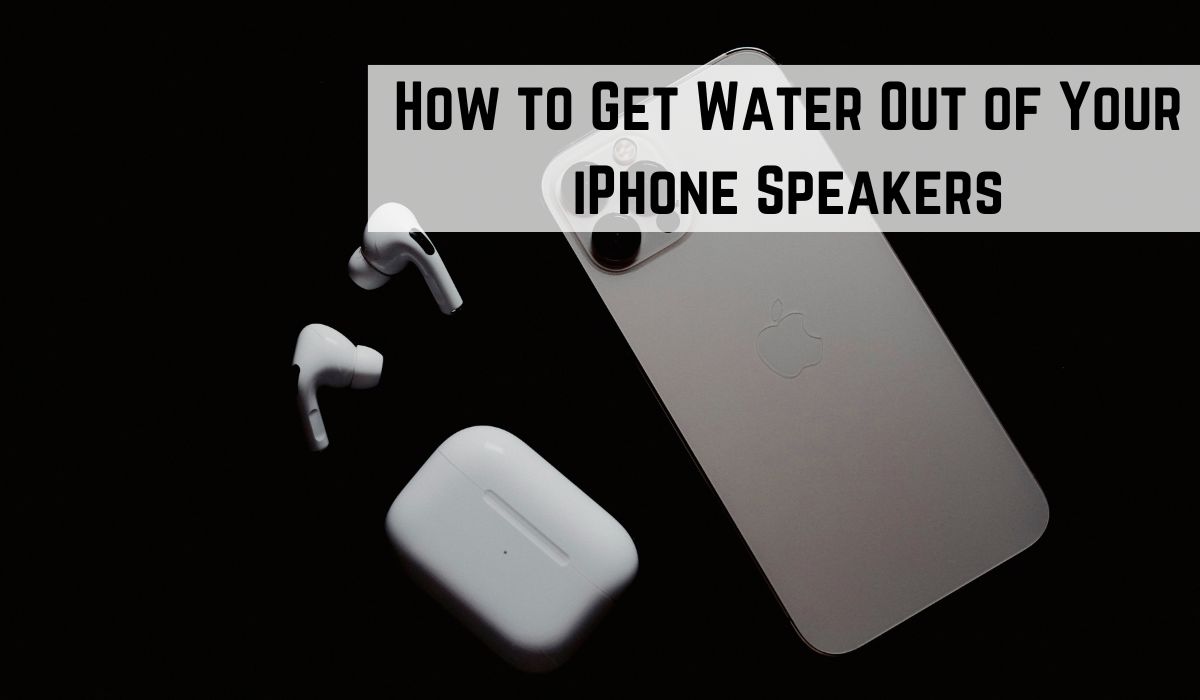Today we are going to discuss about How to Get Water Out of Your iPhone Speakers. The Apple Watch is water-resistant and some models are even fully submergible, with the latest Ultra model rated for depths up to 40 meters. It has a Water Lock feature to remove any trapped water.
However, iPhones are not as water-resistant. While newer models can handle some water exposure, they can’t be submerged as deeply as the Apple Watch. If water gets in the speakers, it can affect sound quality.
Unlike the Apple Watch, iPhones don’t have a built-in water-ejection feature. But you can use the Apple Shortcuts app to help remove water from the speaker with just a few taps.
Get Water Out of Your iPhone Speakers
Step 1: Download Shortcuts
Firstly, Make sure you have the Shortcuts app on your phone. It’s free and should already be there, but you can download it from the App Store if needed.
Step 2: Get Water Eject
Secondly, Download the Water Eject shortcut from this link. Just tap Get Shortcut, then Add Shortcut.
Step 3: Activate
Open the Shortcuts app and tap on the Water Eject shortcut you just downloaded.
Step 4: Start
Tap Begin to start the process. Your phone will vibrate to eject any trapped water from the speakers. It’s different from the Apple Watch Water Lock, so don’t expect a high-pitched sound. It will keep vibrating until you press Stop on the shortcut.
Tips for Best Results:
- Remove headphones: Make sure headphones, wired or wireless, are not connected. Sound won’t come from the speakers if headphones are connected.
- Turn up the volume: Maximize the volume for stronger vibrations and better water ejection.
- Give it time: Sometimes, simply allowing your iPhone to dry naturally can resolve speaker issues. This shortcut can help speed up the process, but patience often works best.
Conclusion
Apple Watch is water-resistant, but iPhones aren’t as sturdy. While the Apple Watch has a Water Lock feature, iPhones don’t. Yet, you can use the Apple Shortcuts app to remove water from iPhone speakers. Follow tips and act fast to avoid lasting damage.
FAQs on Water Damage and iPhone Speakers
How do I get moisture out of my iPhone speakers?
If your iPhone speakers have been exposed to moisture, it’s important to remove it as quickly as possible. One method is to use a soft, dry cloth to gently wipe the speakers. Avoid using heat or compressed air as these can cause further damage.
How do you get water out of your phone speakers?
If water has entered your phone speakers, try shaking the device gently to dislodge the water. You can also use a vacuum cleaner to suck out the water, but be careful not to damage the speakers.
How do I eject water from my iPhone?
If your iPhone is a model 7 or later, it has a built-in water ejection feature. To activate it, go to the Control Center, tap on the hearing icon, and then tap on “Water Lock”. This will emit a series of low-frequency sounds designed to eject water from the speakers.
How can I remove water from my phone’s speakers?
The upper speaker can be more challenging to dry out due to its location. Try placing your iPhone in a dry, well-ventilated area and allow the water to evaporate naturally.
Can water ruin iPhone speakers?
Yes, water can potentially ruin iPhone speakers. While newer models have some degree of water resistance, prolonged exposure to water can still cause damage. It’s best to avoid getting your iPhone wet whenever possible.
Does water permanently damage iPhone speaker?
Water can cause permanent damage to iPhone speakers, especially if the device is not dried out promptly. If you suspect water damage, it’s best to turn off your iPhone and seek professional help.
